In our last post (Small-Scale Farming: A Profitable, Sustainable Farming Model) we went over some of the basics of small-scale farming, in terms of setting goals and expectations, as well as some of the animals that you might consider raising. In this post (Part 2) I’m going to cover small scale farm infrastructure, increasing income through diversification, or stacking, and I’m also going to throw in a few tips that I think are useful.
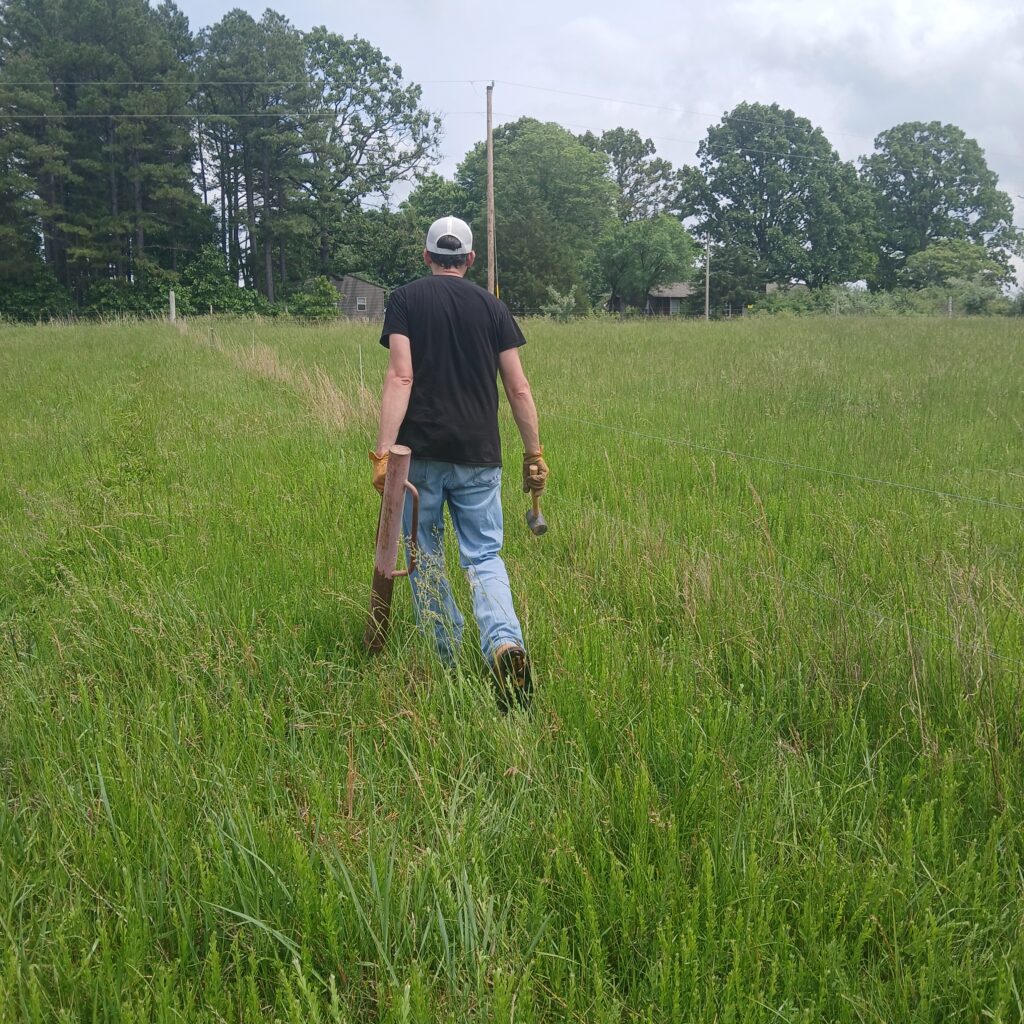
Pasture Management and Land Utilization
Strategic Grazing Systems
Grazing management and strategic grazing may sound complicated on the surface, but they’re really much simpler than one might think. In reality, what it all really comes down to is just a few key things:
1. Divide your land into paddocks. You can use permanent or temporary fencing (I use electric).
2. Rotate animals between them. This keeps pastures healthy by preventing overgrazing and maximizing forage utilization.
3. Give each paddock enough rest time to regrow. This can vary based on what type of forage you have available.

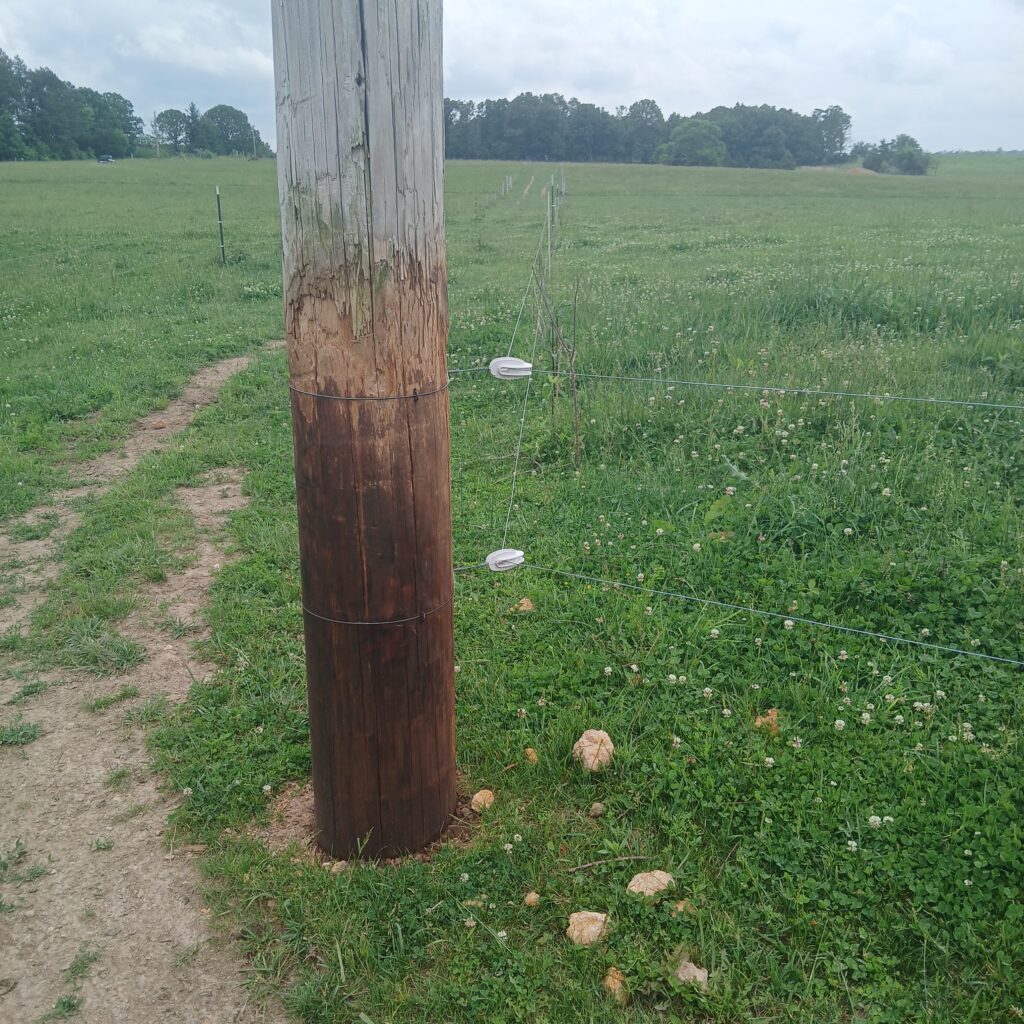
On my farm, I have my property divided into paddocks that range from 2.5 to 4 acres. I put a central alleyway through the property to quickly and easily move my livestock from one paddock to another. In fact, my system allows me to move my animals from one paddock to any other on the farm, just by opening a couple of gates.
My grazing system is built with simple, low-cost materials that are easy to install, easy to fix, and easy to remove if necessary. My fences are two strands of 14-gauge electric fence wire held up by wooden corner posts, a handful of steel t-posts, and a lot of fiberglass rods for support between the t-posts. The gates are made using the same wire attached to electric gate handles and hangers. For more details on how this is all constructed see this post.
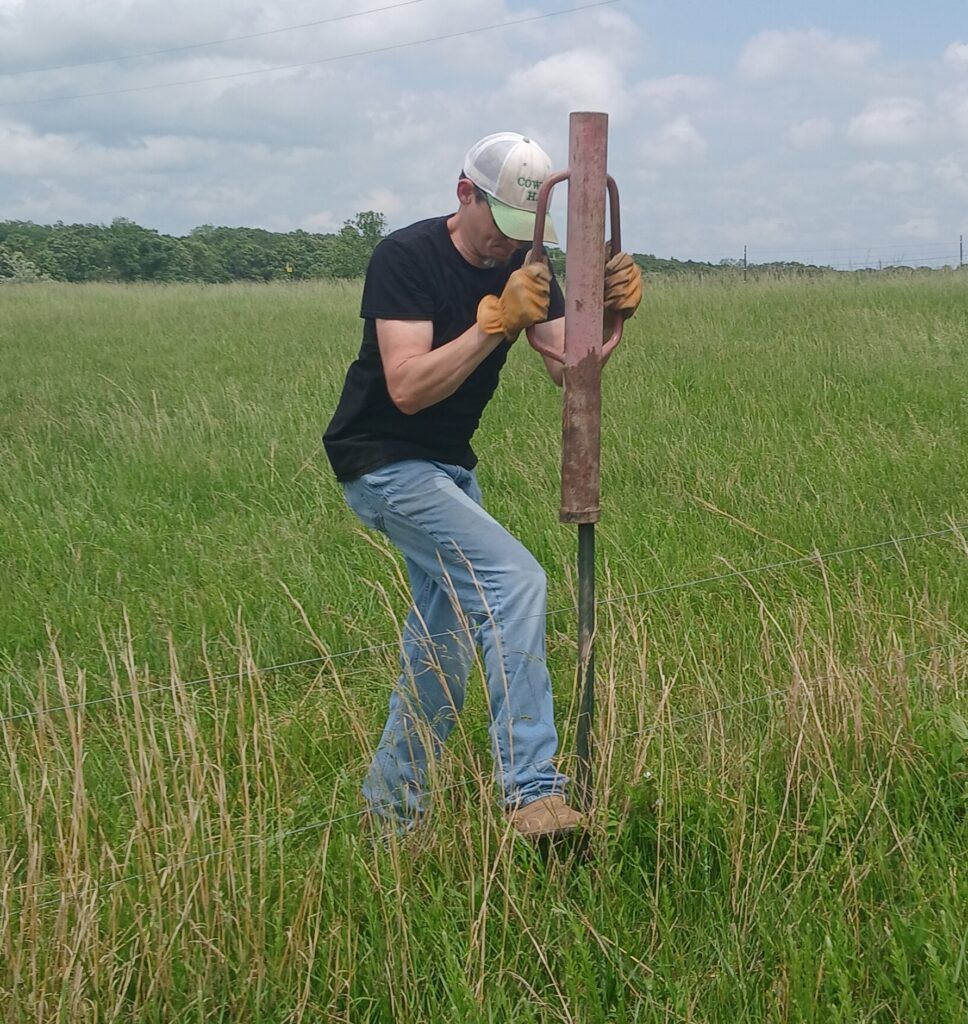
Improving Pasture Quality
Naturally, pasture quality can give your farm a boost, if it’s high quality, or it can handicap your entire operation, if it’s poor. A good way to improve quality is to use your animals. Check out this post on how to make management intensive grazing work for your farm.
Weeds and brush can be controlled naturally with goats and pigs, reducing your need for mechanical or chemical remedies. I think most people understand that goats will eat a lot of different things that other animals wouldn’t consider, but I was surprised to find out that pigs love to eat the roots of blackberry vines. Pigs literally hog them down, among many other plants and weeds. It really is amazing how quickly these animals can clear out an overgrown, brushy field that you couldn’t walk through just days before.
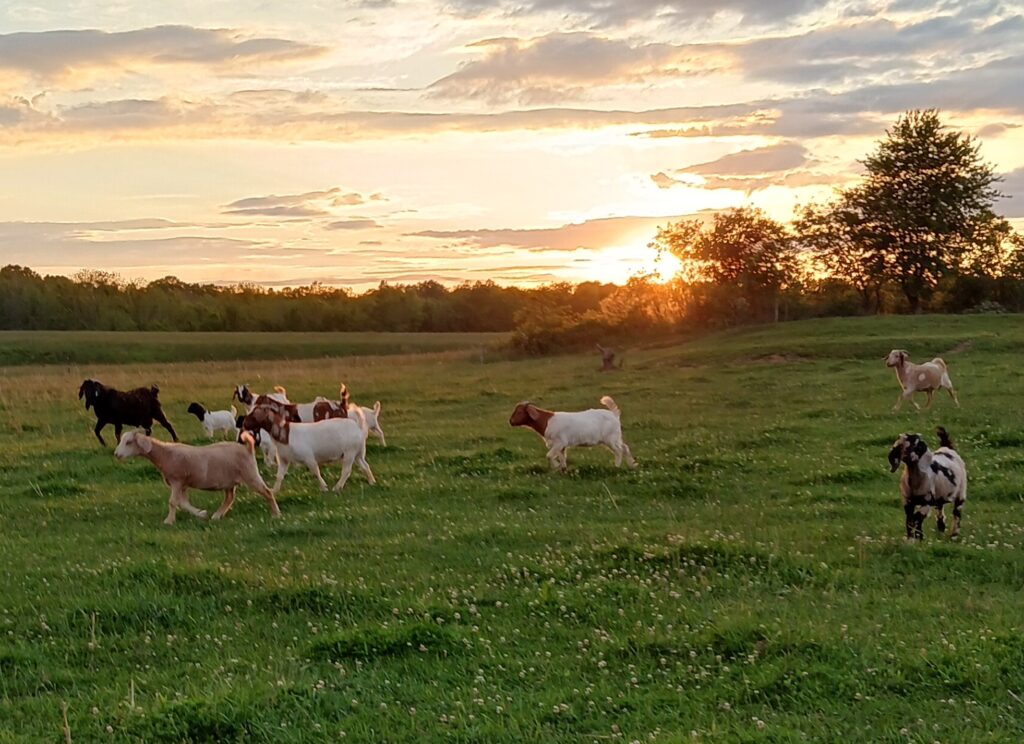
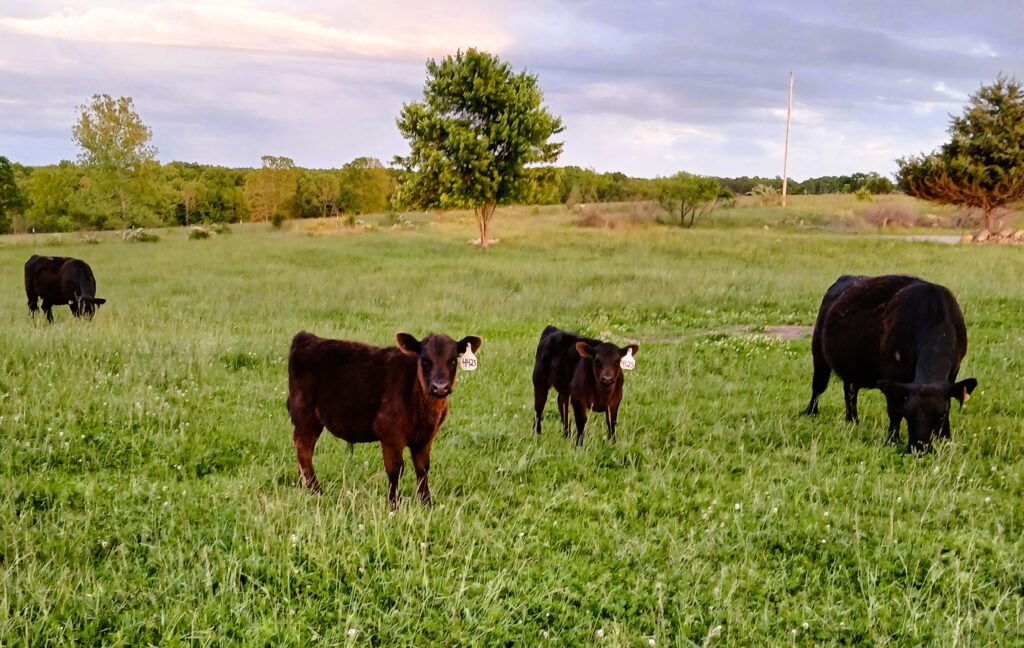
Also, you may not have realized it, but cows will also help clear out brush and overgrown pastures. If you crowd cattle into small spaces, giving them just enough space to provide them with food for the day, they will eat what they can, and trample the rest under foot.
The whole idea of using these methods is to make sure that sunlight can get to the ground and allow any grass under the weeds and brush to grow. Of course, if your soil isn’t healthy enough to grow high quality grass, you can bale graze livestock in the wintertime, adding manure and waste hay compost to the soil. You can also add manure or any other soil amendments you feel are necessary. A soil test from a reputable lab is a must if you need to improve your soil health.
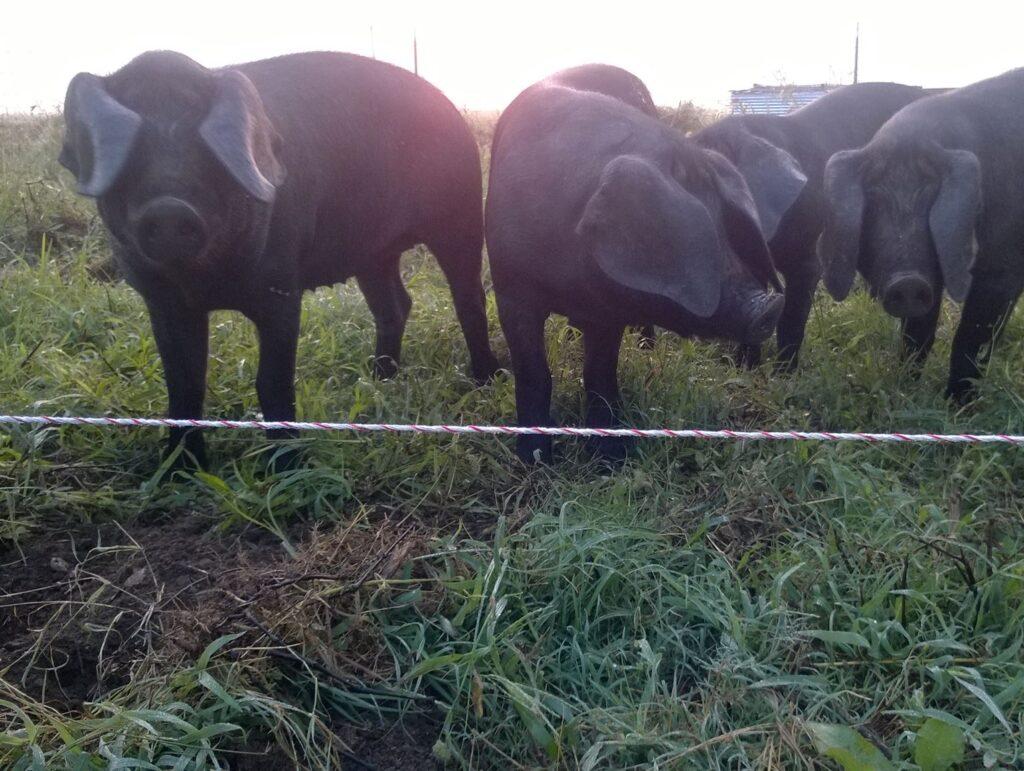
Diversification for Multiple Income Streams
I generally like to take an “every little bit helps” view of farming. While it’s a good idea to build your farm around one or two central enterprises, you should also try to add as many complementary enterprises as you can realistically handle. I mentioned in part one that cattle, goats, and sheep can all compliment one another on the same farm because, as long as they’re not overstocked, they will not directly compete for food. You can add meat and egg chickens, rabbits, turkeys, and whatever else you can think of that will work together within your system. That means that you can have multiple revenue streams utilizing the same acreage, but it’s not just limited to livestock.
You can also plant fruit trees like apples or pears. Maybe you want to grow vegetables and berries. I know of several people who raise flowers and/or vegetable plants. I know a family who grows pumpkins on a patch of land that they’re not using for anything else during the growing season. The whole idea is to use your imagination and think of ways to maximize your space.
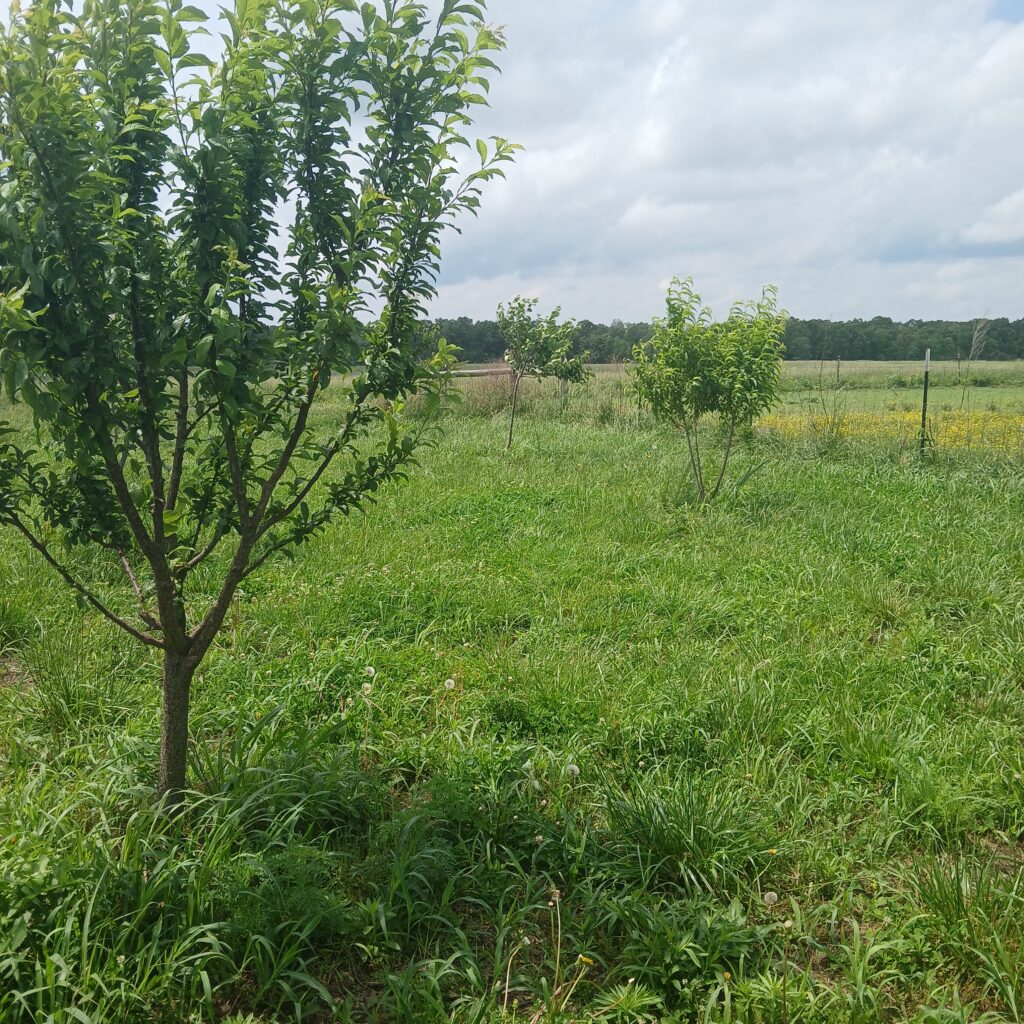
It’s amazing how efficient and effective you can be when you’re limited to a small amount of land. Often, the less you have, the more you make of it.
Direct-to-Consumer Sales
Selling meat, eggs, and produce directly to consumers is a great way to earn more for your labor. In addition to selling feeder animals and butcher animals delivered to the processor, we also use a USDA-inspected facility for processing meats, then sell individual cuts at our local farmer’s market. Operating in this fashion allows us to be active in multiple markets. This goes hand in hand with what I mentioned above. We not only diversify what we raise on your small-scale farm, but we also diversify in our sales markets.
The only thing that we don’t sell directly to consumers is our goats. We use a local livestock market for them because we don’t really have a customer base for them where we live. However, the livestock market allows us to utilize the strengths of the goats on our farm and still make a profit.
Practical Tips for Small-Scale Success
- Start small and expand only after you learn.
- Invest in good quality, low cost, infrastructure.
- Keep detailed records of your animals, land, and sales.
- Join local farming groups and markets for advice and support.
- Keep learning from books, videos, and fellow farmers.
Conclusion
Farming on small acreage is possible and definitely can be profitable. With good planning, you can raise animals, grow crops, and sell directly to customers. Diversifying your farm spreads out risk and increases opportunities for income.
The key is to focus on what works for you and enjoy the process. Small farms are hard work, but they can give you a rewarding life and a little extra money for the household, if not steady income. Start with manageable goals and grow from there. Your small scale farm can be whatever you’re willing to make it.